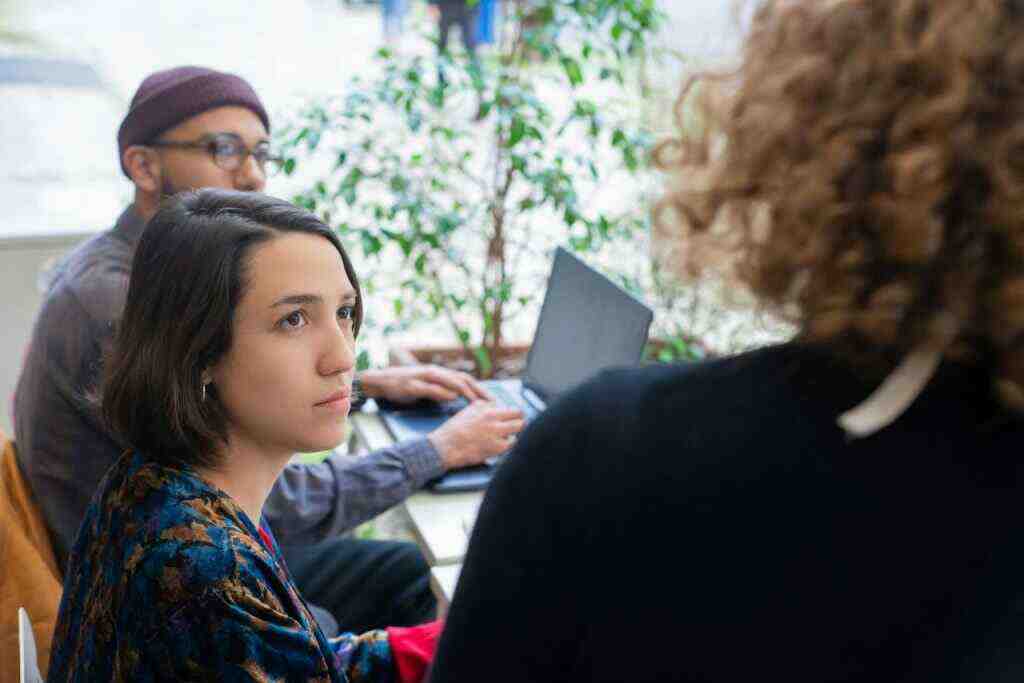Artificial Intelligence in the Workplace: A Growing Threat to Human Jobs
Executive Summary
The fear of artificial intelligence (AI) replacing human workers has reached a fever pitch in 2024. The advent of generative AI platforms like ChatGPT has brought the threat of widespread automation and job loss to the forefront. A recent survey of CEOs reveals that a significant number are considering using AI to replace employees, exacerbating these concerns. This in-depth analysis examines the findings of the survey, explores the potential implications for the workforce, and discusses strategies for mitigating the negative impacts of AI on employment.
Introduction: The Rise of Artificial Intelligence
The rapid advancement of AI technologies in recent years has transformed various industries and sectors. Once confined to the realm of science fiction, AI has become an integral part of our daily lives, performing tasks ranging from customer service to medical diagnosis. Generative AI platforms like ChatGPT, with their ability to generate human-like text, images, and code, have further heightened the concerns about AI’s impact on the job market.
Survey Findings: CEOs’ Intentions to Replace Employees with AI
A recent survey conducted among CEOs of various companies revealed startling insights into their attitudes towards AI and its potential role in the workplace. The survey results indicate that:
– Nearly half (48%) of CEOs are considering using AI to replace employees in their organizations.
– 37% of CEOs believe that AI will eliminate more jobs than it creates in the coming years.
– Only 15% of CEOs are confident that their companies have a comprehensive strategy in place to address the challenges and opportunities presented by AI.
These findings underscore the growing acceptance among business leaders of AI’s potential to displace human workers.
Implications for the Workforce: Job Losses and Skill Shifts
The widespread adoption of AI in the workplace is likely to have significant consequences for the workforce. Potential outcomes include:
– Job Losses: AI-powered automation could lead to job losses in a wide range of occupations, particularly those involving routine and repetitive tasks. Industries such as manufacturing, customer service, and data entry are particularly vulnerable.
– Skill Shifts: The rise of AI will necessitate skill shifts among workers. Employees will need to acquire new skills and competencies to complement AI’s capabilities and remain relevant in the changing job market.
– Increased Inequality: The adoption of AI could exacerbate income inequality, as AI-related jobs tend to be concentrated among highly skilled and educated individuals.
Strategies for Mitigating the Negative Impacts of AI on Employment
To mitigate the negative impacts of AI on employment, policymakers, businesses, and individuals can take several proactive measures:
– Government Policies: Governments can implement policies that support lifelong learning and skill development, helping workers adapt to the changing job market. Additionally, policies that encourage investment in AI research and development can help create new industries and job opportunities.
– Business Strategies: Companies should develop comprehensive AI strategies that focus on upskilling their workforce, creating new AI-related jobs, and ensuring responsible and ethical implementation of AI technologies.
– Individual Actions: Workers should embrace lifelong learning and continuously update their skills to stay relevant in the AI-driven job market. Additionally, advocating for policies that support workers affected by AI automation can help mitigate the negative consequences.
Conclusion: Preparing for the Future of Work
The rise of AI presents both challenges and opportunities for the workforce. While AI has the potential to transform industries, displace jobs, and exacerbate inequality, it can also create new opportunities, enhance productivity, and improve the quality of life. The key to navigating this technological transformation successfully lies in proactive planning, collaboration, and a commitment to ensuring a just and equitable future of work.
